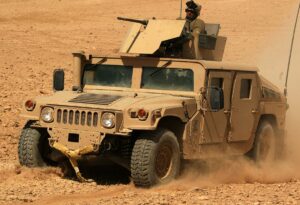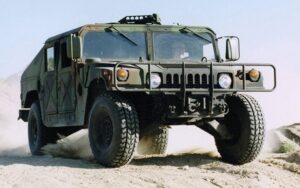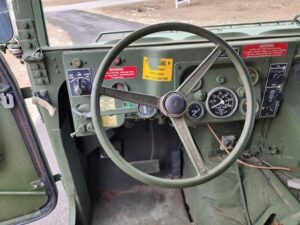The iconic High Mobility Multipurpose Wheeled Vehicle (HMMWV), commonly known as the Humvee, has been an integral part of the United States Army’s fleet for over three decades. Initially developed to meet the diverse needs of modern warfare, the Humvee has proven itself as a versatile and resilient workhorse on the battlefield. This article delves into the evolution of the US Army Humvee, exploring its origins, key features, and adaptations over the years.
Origins:
The Humvee’s story begins in the late 1970s when the U.S. military sought a replacement for the aging fleet of jeeps. In response, the High Mobility Multipurpose Wheeled Vehicle was designed by AM General to be a multipurpose, go-anywhere vehicle capable of transporting troops, equipment, and weapons across various terrains. The first prototypes were tested in the early 1980s, leading to the official adoption of the Humvee by the U.S. military in 1985.
Key Features:
Versatility:
The Humvee was designed to be a versatile platform, capable of accommodating various configurations to meet specific mission requirements. Its modular design allows for easy customization, with configurations ranging from troop carriers and ambulances to missile launchers and anti-aircraft platforms.
Off-road Capability:
One of the defining features of the Humvee is its exceptional off-road capability. Its high ground clearance, independent suspension, and robust four-wheel-drive system enable it to traverse diverse terrains, from deserts to dense forests, making it an ideal choice for military operations worldwide.


Durability:
Built to withstand the rigors of combat, the Humvee is renowned for its durability. Its tough chassis and armor-plating provide protection for occupants in hostile environments, and its ability to endure extreme conditions has made it a reliable asset in various military campaigns.
Evolution:
Over the years, the Humvee has undergone numerous upgrades and adaptations to address changing battlefield dynamics and technological advancements:
Armor Upgrades:
Recognizing the evolving threat landscape, the U.S. military invested in armor upgrades for the Humvee to enhance its survivability in the face of improvised explosive devices (IEDs) and other threats. The introduction of up-armored variants has become crucial in modern conflict zones.
Advanced Communication and Navigation Systems:
To maintain a technological edge on the battlefield, the Humvee has been equipped with state-of-the-art communication and navigation systems. These upgrades enhance situational awareness, coordination, and overall mission effectiveness.



Hybrid and Electric Variants:
In response to the increasing focus on sustainability and fuel efficiency, the U.S. military has explored hybrid and electric variants of the Humvee. These innovations aim to reduce the vehicle’s environmental impact while maintaining its operational effectiveness.
